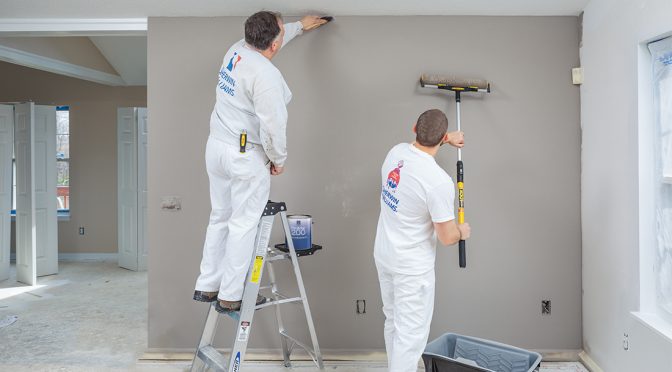The question: We’re seeing more “paint and primer in one” products out there. Does that mean we don’t need primers anymore?
The answer: With the proliferation of “paint and primer in one,” it can seem that paints today are engineered to do it all, making primer irrelevant. However, primer is often an important part of customer satisfaction with the job.
Here are the facts
- There are times when you do not need a primer
- There are times when you do need a primer
So, when is a primer not needed? When painting over similar type (latex to latex) of existing finishes that are clean, dry, dull and in sound shape, you may not need a primer.
Examples of when you need a primer include: to promote adhesion, or block stains, or fill porous surfaces like concrete block, or resist alkali and efflorescence… and on and on.
Most importantly, many of these “paint and primer in one” products recommend a second coat (and maybe more) to achieve complete coverage, performance and satisfactory results.
Try applying a satin or semi- gloss “primer and paint in one” over a porous surface like un- primed spackling, joint compound, or wood. Even after three coats, you can’t achieve the quality finish of a premium primer and topcoat.
Bottom line
You can sometimes “get by” with satisfactory results when using these products as a primer and finish paint.
However, the best quality finish will be achieved with the use of the appropriate premium primer.
Do it right the first time and get the finest quality finish your customers demand. The right primer for the job should always be your first recommendation. If you have questions about an upcoming job, your Sherwin-Williams store or sales rep can provide you with expert analysis and product recommendations.
Answers to reader questions by Frank Flores, Product Manager, Sherwin-Williams. Check out our full archive of answers to pro painter’s most pressing questions.




